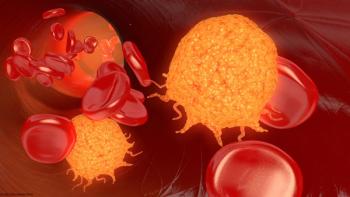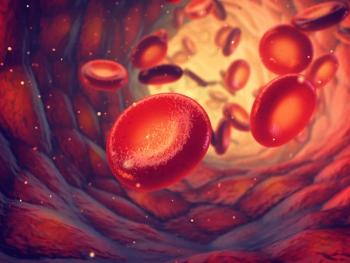
Oncology NEWS International
- Oncology NEWS International Vol 18 No 4
- Volume 18
- Issue 4
Pathwork tissue test passes muster in multi-center investigation
A multi-institutional group has validated a predefined 1,550-gene expression profile for identifying tumor tissue of origin. Malignancies found in unexpected locations, or with poorly differentiated morphologies, can pose a challenge for tissue of origin determination.
A multi-institutional group has validated a predefined 1,550-gene expression profile for identifying tumor tissue of origin. Malignancies found in unexpected locations, or with poorly differentiated morphologies, can pose a challenge for tissue of origin determination.
Current histologic and imaging techniques fail to yield definitive identification, according to lead author Federico A. Monzon, MD and colleagues.
The group evaluated 547 frozen specimens representing 15 tissues of origin with the Pathwork Tissue of Origin Test, in which microarray technology measures gene expression pattern.
According to the study results, the test had an overall sensitivity of 87.8% and overall specificity of 99.4%. Performance within the subgroup of metastatic tumors (n = 258) was found to be slightly lower than that of the poorly differentiated and undifferentiated primary tumor subgroup, 84.5% and 90.7%, respectively (J Clin Oncol online, March 30, 2009).
Articles in this issue
over 16 years ago
Aureon launches prostate cancer predictorover 16 years ago
Ascenta Therapeutics cements treatment potential of AT-101over 16 years ago
Hologic nabs approval for two new HPV testsover 16 years ago
Soy may protect against breast cancer in Asian womenover 16 years ago
P53 mutation linked to advanced CRC in African-Americansover 16 years ago
Increased mortality risk cannot be excludedover 16 years ago
Research restores yoga’s role in active therapyover 16 years ago
MRS may eliminate need for invasive brain biopsyover 16 years ago
Who's Newsover 16 years ago
David Alberts: Survival of the fittestNewsletter
Stay up to date on recent advances in the multidisciplinary approach to cancer.

















































































